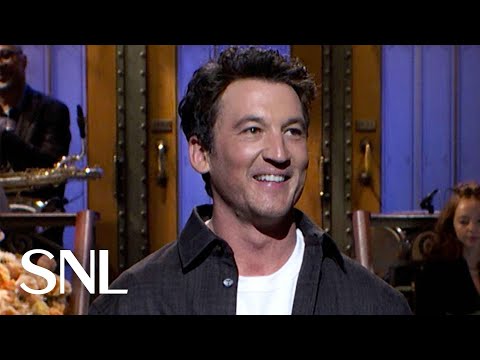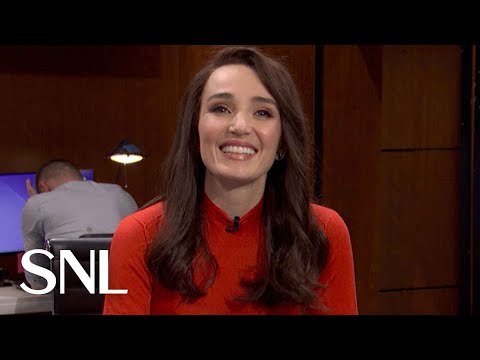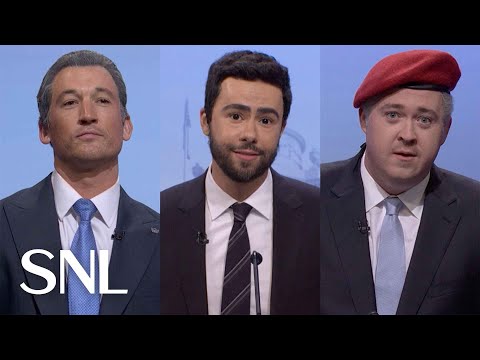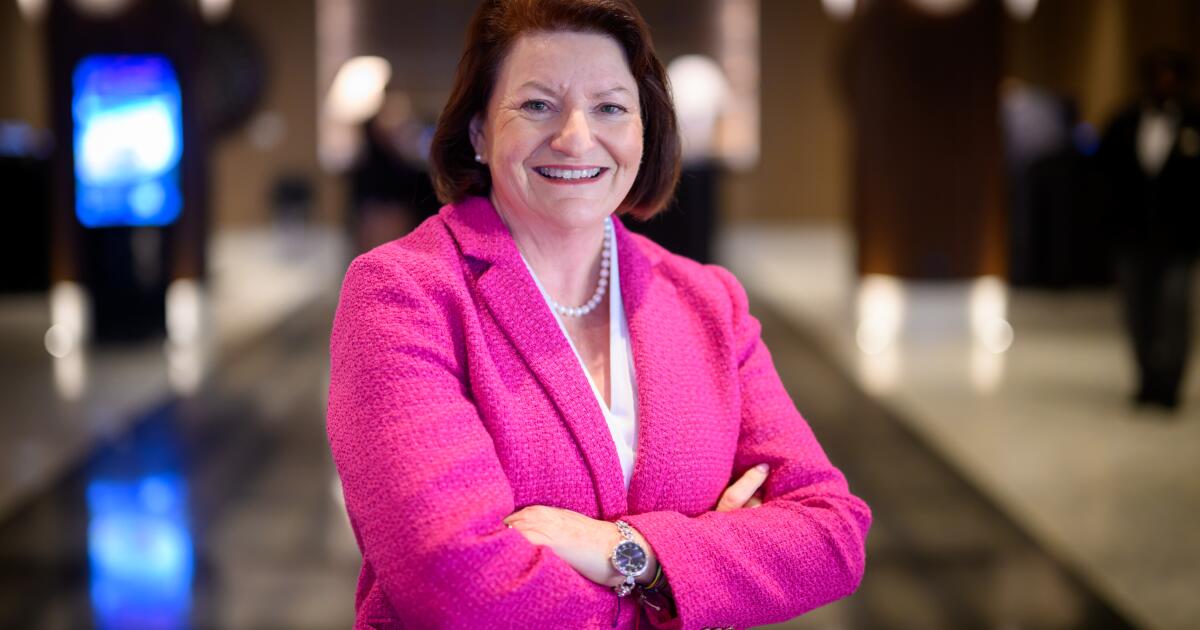‘SNL’ recap: Miles Teller plays Property Brothers in White House skit
As we mentioned last time when Sabrina Carpenter hosted “Saturday Night Live,” there’s no substitute for a host who fully throws themselves into “SNL.”
He may not have done double duty as host and musical guest the way Carpenter did, but Miles Teller appeared to fully embrace the challenge of returning to host for a second time (the first was in 2022). The “Top Gun 2: Maverick” star, who’ll next be appearing in the movie “Eternity,” gave a solid performance, appearing in nearly every sketch, including the cold open and two pre-recorded videos.
He first appeared as former Gov. Andrew Cuomo, a candidate for New York mayor, in the cold open with help from Ramy Youssef and Shane Gillis as opponents Zohran Mamdani and Curtis Sliwa.
After that, Teller played a hungover game show contestant recovering from Halloween, a hockey player shooting a public service announcement for the unfortunately named Nashville Predators and both twin Property Brothers in a video sketch about the current White House renovation.
Teller was also in a sketch about a TV newsroom that decides to show viewers what its background employees are doing, a Netflix promo for a true crime story about husbands who don’t know where their wives went, one about a police press conference that takes a turn and a show closer about a silly Italian restaurant in Nebraska.
Teller handled it all well; he’s good with accents and earned strong laughs, especially playing two characters at the same time in the “Property Brothers” sketch and as Cuomo in the cold open.
Musical guest Brandi Carlile performed “Church & State” and “Human.”

This week’s cold open was one of the stronger (or at least funnier) political sketches of the season so far, tackling the New York mayoral race. As hosted by Errol Louis (Kenan Thompson), “the least famous person to be impersonated on ‘SNL,’ ” the debate sketch portrayed Cuomo (Teller) as a sexually harassing (“Yadda yadda yadda, honk honk, squeeze squeeze) panderer to Jewish voters; Mamdani (Youssef) as a force-smiling, TikTok-flirting candidate who’s pretty sure he won’t be able to implement his promises; and long-shot candidate Sliwa (Gillis) as an “old-fashioned New York nut” with one traumatic story after another to recount. The biggest surprise may have been Gillis, who as Sliwa recounted stories about being hung by his testicles and getting assaulted by a Times Square Spider-Man. Where was this energy when Gillis hosted “SNL”? As has been the habit on many a cold open, President Trump (James Austin Johnson) interrupts the proceedings to mock the candidates and insert his own commentary. This time, that included singing a song from “Phantom of the Opera” to conclude the sketch.

Teller’s monologue was short and simple, relaying how as a kid who moved around most of his childhood, “SNL” was a constant. He shared a photo of himself and his sisters dressed up as the “Night at the Roxbury” characters from the show and then made up a list of memories from the show, like having his first beer in the audience and falling over after having a few beers. Teller mentioned that he and his wife lost their Palisades home in January’s Los Angeles fires. As such, he made sure to point out the fire exits for the audience.
Best sketch of the night: An extreme White House makeover

The Property Brothers Jonathan and Drew Scott (Teller times two) meet their toughest clients yet: Trump and First Lady Melania Trump (Chloe Fineman) who need help with their current renovation of the White House to make room for a new ballroom. Melania shared her skeleton and withered tree decorations (“They are for Christmas,” she said), and the couple complained that 55,000 square feet and 132 rooms just isn’t enough space. With a budget of “$350 million to infinity” the brothers get to work with the help of park rangers and astronauts working through the government shutdown. But when it comes to getting paid for their work, there’s a problem. “Aren’t you guys from Canada?” the president asks. Then he calls ICE on them.
Also good: Nobody asked for this much transparency in news

On a show called Newspoint, the host (Fineman) and her guest (Thompson) are trying to have a serious news discussion, but because the show has opened up its full newsroom to viewers, all the workers in the background draw attention. Among them are Mikey Day, who awkwardly notices the cameras are on him before spilling a carrier of drinks, Bowen Yang as a worker who gets electrocuted by a copy machine and Teller, who has manga erotica up on his work screen. It’s nice to see some physical comedy from Day in particular and the sketch’s visual gags work nicely.
‘Weekend Update’ winner: George Santos is back, untruthful as ever!

Andrew Dismukes and Ashley Padilla (who should be a full cast member at this point instead of a featured player) played a couple who just made out but are trying to discuss the government shutdown. But it was Yang as chronic liar George Santos who stole “Update” (and some jewels) after Yang missed an opportunity on the last “SNL” episode to play the former representative, whose prison term was commuted by Trump. Santos claimed he finished the New York marathon, which hadn’t happened yet, and kept interrupting his chat with “Update” co-host Colin Jost to take calls with prisoners with a jail window and phone he brought with him. He purported to speak with Ghislaine Maxwell, Luigi Mangione and Sean “Diddy” Combs before revealing that the key to making prison rice pudding is preheating the toilet to 350 degrees. Santos ended the segment by revealing the necklace he stole from the Louvre and insisting that he’d just won the World Series.

